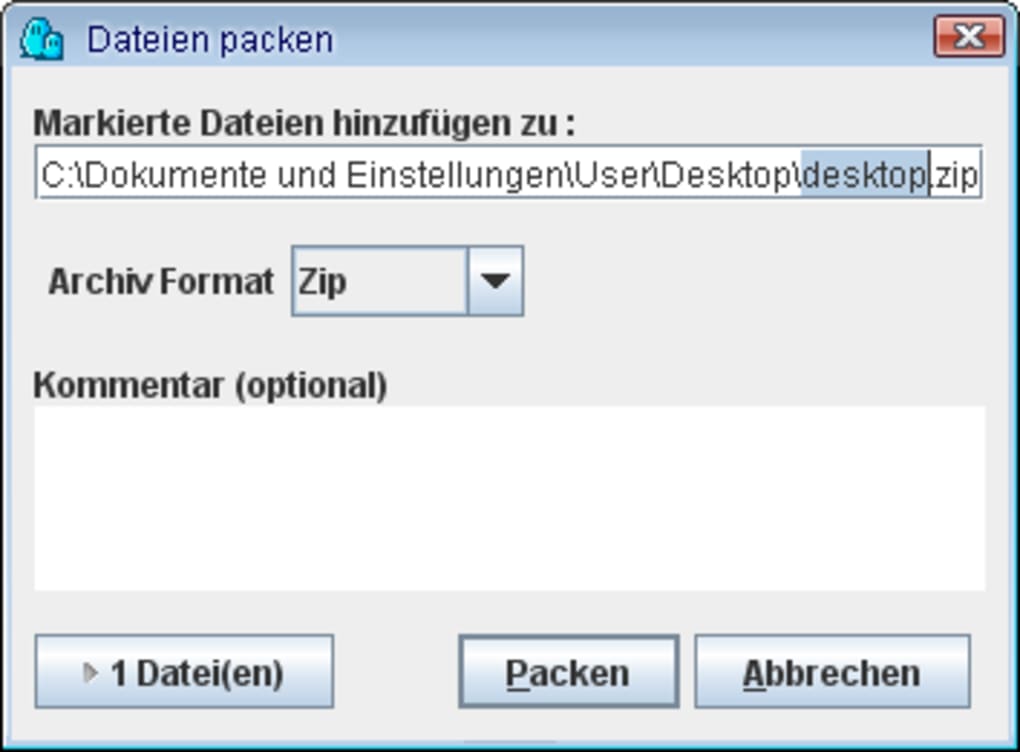

This is a silly example, but you get the point. These can be local (on your own hard drive), or over the network via FTP or other protocols.įor example, you can bookmark the directory where you keep your favorite heavily-annotated plaintext copy of Charlie Stross’s science fiction novel Accelerando, so you can go back to it for a few moments’ reading in your spare time between work emails. This is a good way of familiarizing yourself with much of muCommander.Īnother neat feature of muCommander (and a number of other file managers, I might add) is its ability to store bookmarks of places you’ve been, and would like to go again, specifically directories. As you go along in your use of muCommander, it’s often helpful to read the keyboard shortcuts which appear over the various menu items when you hover with the mouse. These should be enough to get you going in your day-to-day use.

Maybe do some copying onto an external drive, or delete some pictures that came out blurry from the digital camera? Great, let’s do it.įirst, let’s take a quick look at your basic file and directory commands. OK, so maybe you’ve heard enough preamble already and you want to start moving some files and directories around. Try clicking on it and you’ll see that a list of options are available such as other places in your local filesystem as well as network options like FTP, Samba shares and the like (I’m assuming you know what these are if you don’t, you can read about them on Wikipedia, among other places). To the left of that is a button with the name of the directory you’re in. Try this a couple of times, if you like, to see how it works (I recommend copying some files around with so you don’t lose anything important).Įach window has a “location bar” at the top which tells you where you are. The window you are in at this moment is the “active” window the opposite is the “passive.” When you are in the active window and perform a file operation such as copy or move, the highlighted file is copied/moved to the passive window. You should see your focus change from one to the other, with a bright blue bar highlighting your current file selection. Try pressing “TAB” a few times to switch back and forth between them.
#MUCOMMANDER WITH DROPBOX WINDOWS#
muCommander is yet another of these “clones”, though I hesitate somewhat to call it that, since it is an interesting program in its own right.Īs you can see when you open muCommander, there are two file windows (or “panes”) containing lists of files and directories. It was pioneered by Norton Commander, a popular DOS program from the mid-1980s that has spawned many clones over the years. As mentioned above, you may already be familiar with the two-pane “commander” interface to file managers.


 0 kommentar(er)
0 kommentar(er)
